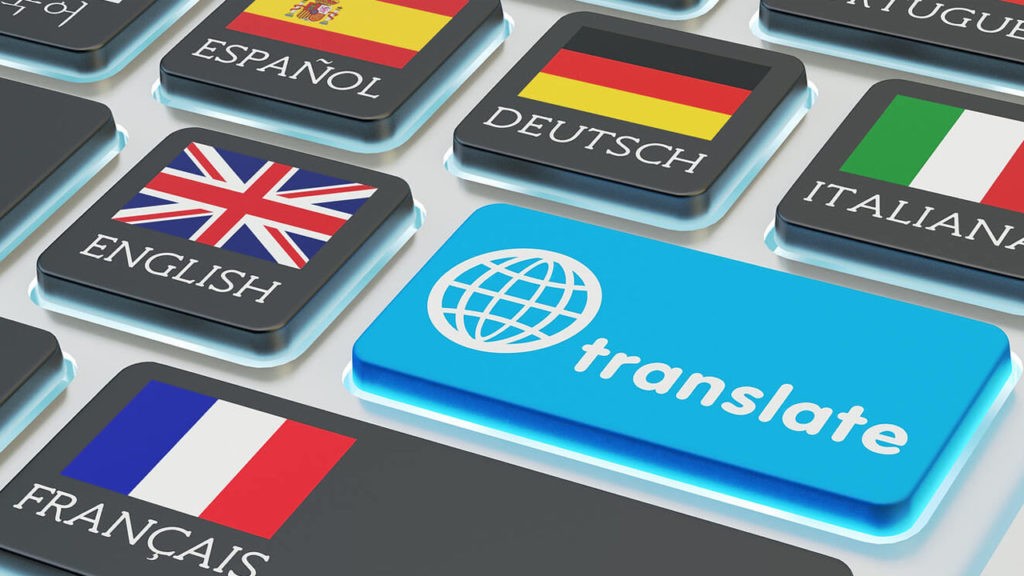Translating a technical document is not an easy task. This kind of content needs more than basic language skills. Besides understanding the language, the translator must master the subject. Only then can the message be precise.
In this article, we will explore the challenges of translating technical texts and how to tackle them effectively.

What Are Technical Texts?
Technical texts include manuals, scientific reports, patents, instructions, and user guides. They often contain specific terminology. Plus, they follow a very clear structure.
Therefore, their translation must be handled with care. Even a small mistake can lead to serious consequences.
Challenge 1: Understanding the Subject in Depth
A technical translator must grasp the subject well. Knowing the language is not enough. The translator must understand the specific field—medicine, engineering, IT, and more.
For instance, translating a medical report requires knowledge of clinical terms. Otherwise, dangerous misunderstandings could arise.
This is why many technical translators specialize in one area. That choice leads to higher quality and greater confidence.
Challenge 2: Keeping Terminology Consistent
Another major challenge is consistency in terminology. Often, technical texts repeat key terms. Each has a very precise meaning.
Swapping a term for a synonym could confuse the reader. So, it’s vital to stick to the same words throughout the text.
In addition, many companies use specific glossaries. Translators must follow them to meet internal standards.
Challenge 3: Avoiding Ambiguity
Technical documents must be clear and direct. There’s no room for vague language.
Sometimes, a poorly translated sentence has multiple meanings. This jeopardizes the purpose of the entire document.
For that reason, translators must choose exact words. Also, they need to build each sentence with logical flow.
Challenge 4: Correct Use of Measurement Units
Measurement units vary across countries. For example, English-speaking countries use miles, inches, and gallons. Meanwhile, others use the metric system.
Translating technical content means adapting these units. It also requires using correct symbols and matching local conventions.
Challenge 5: Preserving the Original Format
Technical texts often include structured layouts. They feature tables, charts, formulas, and numbered steps.
Translators must keep that format intact. This allows readers to follow the instructions without confusion.
Sometimes, special software is necessary to preserve the original layout.
Challenge 6: Following Laws and Regulations
Fields like pharmaceuticals or automotive have strict regulations. Every country enforces specific rules that translators must follow.
So, translating technical documents requires more than language skills. It also demands legal and procedural knowledge.
How to Overcome these Vhallenges?
Now that we’ve seen the challenges, let’s explore how to overcome them:
- Specialization: Master the subject matter deeply.
- Ongoing research: Stay up to date with terminology changes.
- Professional tools: Use CAT tools and glossaries to stay consistent.
- Expert review: Another professional should review the final result.
- Open communication: Keep in touch with clients to solve doubts quickly.
Conclusion
The challenges of translating technical texts are real and demanding. However, with preparation and focus, they can be managed well.
A high-quality technical translation avoids mistakes, enhances clarity, and respects the original structure. That’s why choosing expert translators is crucial.
Finally, if you need more information visit How to Guarantee the Confidentiality of Your Documents?



